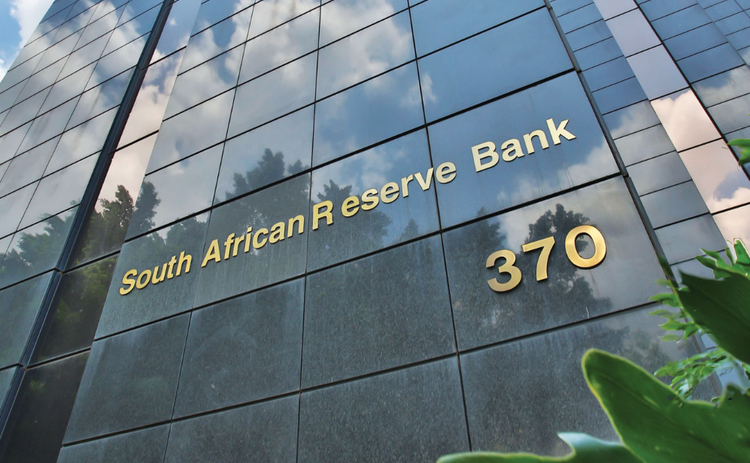The well-documented collapse of Silicon Valley Bank (SVB) over the last few days has shown the need to protect often unknowing customers from the unpredictable and sometimes incredibly risky actions of banks.
The $42 billion bank run on SVB, the largest in American history, showed that bank customers will always take the fall for poor decisions of banking executives and hence the need to protect them.
For Silicon Valley Bank customers, they probably breathed a collective sigh of relief as the US Federal Reserve announced on March 12 that it would cover their deposits beyond the $250,000 amount set as the maximum insurable amount in case a bank failed.
For South Africans, the country does not currently have an explicit deposit insurance scheme in law. In case of a bank failure, the government compensates depositors for their losses on a case-by-case basis, meaning taxpayers have to bear the cost of the failure of banks.
Also, when a bank fails, there is uncertainty about which depositors would be compensated, the amount of protection provided and where the funding would come from. For example, in the failures of Sambo, Regal Bank, VBS Mutual Bank, the South African government gave each depositor R50 000 but it was a lengthy process with no guarantee of success.
What are the chances of a bank failure in South Africa?
According to Tshepo Magagane, an investment banker, the chances of a bank’s failure to the magnitude of SVB are very unlikely.
“In South Africa, banks are well capitalised and there is a more developed link between the financial system and the wider economy (albeit there is still a large under-banked informal economy). Additionally, prudential regulation by the SARB is well advanced and bank supervision is taken very seriously,” said Magagane.
Magagane also alludes to South Africa’s stringent regulation for ensuring the country’s banks play by the rules and don’t take unsustainable risks.
“As opposed to a lot of regional banks in the US, which lobbied Congress to be excluded from new Basel rules, this is not an option in SA. These regulatory requirements are also the reason the country’s banks were not impacted by the global financial crisis of 2008.”
The good news
However, despite the country’s strong banking regulation environment, South Africa has a deposit insurance scheme in the works which will offer depositors a guaranteed R100,000 within 20 days in the case of their bank’s failure. The only issue is that the scheme has not been ratified into law yet.
“So, if you had a R110 000, we would only make good the R100 000. The other R10 000 above that, you will lose. But 90% of the depositors in the South African banking industry do not have more than R100 000. They will be adequately covered,” said Letja Kganyago, governor of the SARB.
Called the deposit insurance scheme (DIS), the initiative was developed by the South African Reserve Bank’s Corporation for Deposit Insurance (CODI). Currently, CODI is currently working with the National Treasury to put in place additional secondary legislation required for deposit insurance to become operational.
According to the SARB, the scheme will become operational in the first quarter of 2024.
“What the establishment of Corporation for Deposit Insurance will do is make it [deposit insurance] more explicit, and actually operate more like an insurance scheme,” added Kganyago.
How it will work
South Africa’s deposit insurance scheme will seek to ensure that to ensure that the cost of a bank failure does not fall unreasonably on the most vulnerable consumers or those that are least able to protect themselves through sophisticated risk management methods, including diversification, hedging or financial structuring.
To fund the scheme, CODI will establish, maintain and administer the deposit insurance fund (DIF) and promote awareness among depositors. The DIF will mainly consist of monthly premiums collected from banks, loans provided to CODI in the form of liquidity tier contributions, and investment income.
When a bank fails and is liquidated, CODI will reimburse the qualifying depositors of the failed bank within 20 days from the date of liquidation. Qualifying depositors do not have to make a claim to receive their reimbursements. CODI will calculate a depositor’s covered balance based on the records of the failed bank. Depositors will be able to access their funds at a payout agent bank.
However, qualifying depositors cannot buy extra deposit insurance cover when they have deposit balances of more than R100 000. A depositor can claim balances in excess of R100 000 from the estate of the failed bank, which will be handled by the liquidator.











